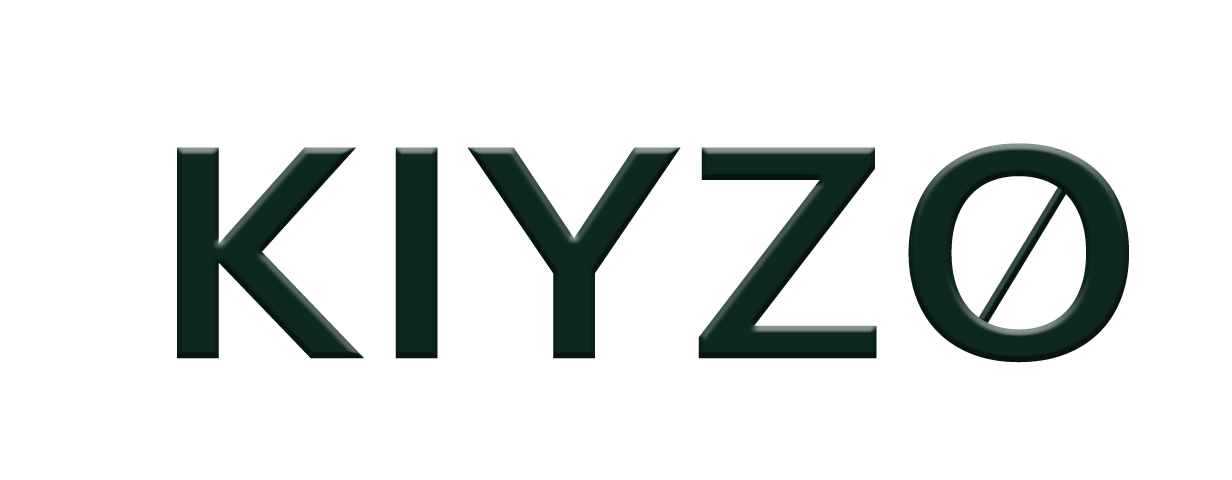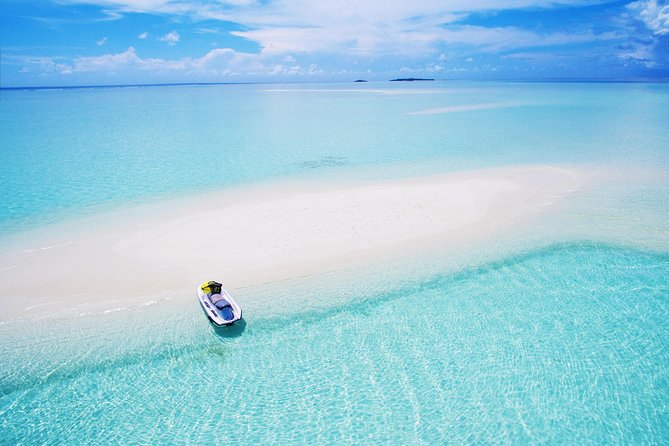top rated tours & activities in Nassau
Nassau FAQ
Best time to visit/travel/go to Nassau
Mid-December,January,February, March to April For the best weather
Weather-wise, winter is the best time to visit the Bahamas, and hotel rates reflect that. Comfortable daytime temperatures in the 70s and 80s
Nassau in Mid-April,May to June Best time for partying
If you’re looking for a party, shoulder season is the best time to pull up to a beachside bar and mingle. Flocks of spring breakers descend on the Bahamas from stateside colleges each year in early spring.
Those seeking a more secluded escape can still take advantage of shoulder season deals during May and June, when higher temperatures and a greater chance of rain start to slow the steady stream of tourists that began during the winter months. Hotel discounts can plunge below 20% off during shoulder season.
Nassau August,September, October to November Best time for budget travelers
Fall is the cheapest time to visit the Bahamas. Flights, hotel and resort rates during low season can stretch your budget farther, and you’ll likely still find plenty of beach days in between rain showers.
While some might consider an increase in humidity and rain chances during low season to be a determent, there really isn’t a “worst time” to visit the Bahamas. In fact, low season offers budget-conscious travelers some incredible reasons to bring a rain jacket – hotel rates can dip below 50% of their peak highs..
When packing for any type of vacation, the trick is balancing what you need with what you want, to ensure you don’t go overboard. On top of that it is important to consider what you want to do during your vacation to determine what to pack for your trip to For The Bahamas. we recommend
Swimsuits / bikinis
Beach wrap, dress, or sarong (1 or 2)
4-5 tops / t-shirts
1 or 2 pairs of shorts
1 casual dress
1-2 pants (Bermuda shorts or capris)
1 pair of sandals
Enough underwear to last the duration of your trip
2 sets of PJ’s
Comb, makeup, deodorant, toothpaste and toothbrush, and other toiletries.
1 or 2 dressy outfits for dinner or other events. This is important particularly at resorts with dress codes for certain restaurants. If you are staying at a Sandals Resort, you might want to pack a dressy outfit for each evening of the week, since the top of the line restaurants will have dress-codes.
1-2 pairs of heels or wedges if you wear them
Jacket or cardigan (for the flight)
If you decide to play golf, consider bringing some appropriate shirts and pants. Consider also checking course dress codes too, prior to arriving.
January brings the crowds and parties
High season is in full swing during January. The month kicks off with round two of the Junkanoo Winter Festival – a Bahamian Mardi Gras-style event – which begins on Christmas but runs through New Year’s Day. High temperatures in the low 70s make for comfortable weather to enjoy the festivities.
Key Events: Junkanoo Winter Festival, New Year’s Day Sailing Regatta, Majority Rule Day, Annual Bahamas Wahoo Championships.
February is a good time for diving
February brings an annual migration of great hammerhead sharks to Bimini, drawing divers from around the world to the warm waters midway between Miami, Grand Bahama and Andros. Elsewhere, continuing prime weather keeps the peak season influx of travelers bustling through the country’s airports and resort lobbies.
Key Events: Farmer’s Cay Festival, Rum Cay Day Festival.
Spring breakers arrive in March
Snowbirds transition to spring breakers in March. March visitors will likely need to book accommodations in advance, though they might begin to find open rooms and deals towards the end of the month. Party people, this is your time to shine. If you’re not into the party crowd, consider waiting a few weeks.
Key Events: Bahamas Music & Heritage Festival, Bacardi Billfish Tournament.
Clear waters lap on the shore in the Grand Bahama
Grand Bahama sees the largest influx of spring breakers in April © Espiegle /
Some businesses may be closed for the holidays in
April
Shoulder season begins in earnest. Grand Bahama sees the largest influx of spring breakers, while more secluded islands like Cat Island, Long Island and Eleuthera offer a break from the largest crowds. Be aware that Good Friday, Easter Sunday and Easter Monday are national holidays in the Bahamas, and many businesses may be closed.
Key Events: Bahamas Family Island Regata, Bahamas Billfish Championship
May is good for budget travel
Occupancy rates begin to drop in May as the final holdovers from spring and winter make their way out. While average high temperatures in May creep towards the mid-80s, this sweet spot after spring break but before hurricane season offers an underrated opportunity for travelers who aren’t ready for the full heat of summer but are looking for a hotel discount.
Key Events: Carnival, Long Island Regatta.
June brings on some rain
Pick a June day in the Bahamas and there’s a fair chance you’ll see at least some rain and at least partial cloud cover. Visitors in June have a 30% chance of rain and a 65% chance of cloudy conditions; however, warm water and warm temperatures combine with lower prices to make June a viable travel option for many.
Key Events: Pineapple Festival, Bahamas Summer Boating Flotilla.
Glass Window Bridge on Eleuthera Island.
Temperatures in The Bahamas soar in August
July means an increase in temperature
July in the Bahamas is properly hot. Daily high temperatures climb into the 90s, coinciding with peak rainfall accumulations for the year. Though hurricanes are rare, the islands are home to regular tropical thunderstorms that you should be prepared for. Typically, storms pass within a few hours leaving plenty of time for activities. Bring a light rain jacket.
Key Events: Junkanoo Summer Festival, Independence Week.
August is hurricane season
August and September are the most active months for hurricanes in the Bahamas. Odds are, you’ll be OK, but be aware that August is still the rainy season even when no hurricanes are in the Atlantic. The tradeoff for playing roulette with the weather? You could see short lines at the dive shop and fewer fellow travelers at the beach.
Key Events: Cat Island Regatta, Emancipation Day.
Keep an eye on the forecast in September
Historically the most turbulent month for Bahamian weather, September travelers should keep a close eye on the forecast. While you have a good chance of catching a sunny day in the Bahamas almost any time of year, September can be particularly dicey.
Key Events: All Abaco Sailing Regatta.
Cabbage Beach, Nassau, Bahamas
October is the rainest month of the year
Low season deals for diving are great in October
Tiger sharks migrate to Grand Bahama’s Tiger Beach in October and stay through December. Though October is typically the rainiest month of the year, breaks in the weather offer excellent opportunities for budget-minded divers who can still take advantage of low season deals.
Key Events: International Culture Wine & Food Festival, Discovery Day, North Eleuthera Sailing Regatta, Great Bahamas Seafood and Heritage Festival.
November offers an early jump on peak season as humidity levels and daily chances of rainfall drop. Outfitters will be gearing up for high season, which can play into your hands. Some peak season businesses may still be closed, but others may offer up an early bird discount.
Key Events: Guy Fawkes Day, One Bahamas Music & Heritage Festival.
Peak season begins in December
Peak season begins in the Bahamas. Airports, hotels and restaurants all start to swell at the seams in the middle of the month. Visitors who choose to spend the holiday season in The Bahamas are rewarded with the start of the Junkanoo Festival, a world-class celebration of culture.
Key Events: Junkanoo Winter Festival, Bahamas International Film Festival.
300 TO 400 AD
LUCAYAN/CHRISTOPHER COLUMBUS
As early as 300 to 400 AD, people who came from what is now Cuba (there was no country named Cuba at that time) lived on The Islands Of The Bahamas and relied on the ocean for food. From around 900-1500 AD the Lucayan people settled here. They enjoyed a peaceful way of life and had developed viable political, social and religious systems.
In 1492, Christopher Columbus made landfall in the New World on the island of San Salvador. Inspired by the surrounding shallow sea, he described them as islands of the “baja mar” (shallow sea), which has become The Islands Of The Bahamas. When he arrived, there were about 40,000 Lucayans. Their peaceful nature made the Lucayans easy targets for enslavement however. Within 25 years, all of the Lucayans were wiped out due to the diseases, hardships and slavery endured.
1649
FIRST SETTLEMENT
English Puritans known as “Eleutheran Adventurers” arrived here in 1649 in search of religious freedom. Instead, they found food shortages. Captain William Sayle sailed to the American colonies for help and received supplies from the Massachusetts Bay Colony. Upon his return, the settlers thanked them by shipping them brasileto wood. The proceeds helped purchase land for what later become Harvard University.
1700
AGE OF PIRACY
During the late 1600s to early 1700s, many privateers and pirates came here, the most famous one being Blackbeard and Calico Jack. There were also female pirates like Anne Bonny and Mary Read disguised as men.
Our shallow waters and 700 islands made great hiding places for treasure. And our close proximity to well-traveled shipping lanes made for the perfect spot to steal from merchant ships. There are rumors of hidden treasure that still exist today. It is believed that British pirate William Catt buried loot on Cat Island and Sir Henry Morgan, a wealthy privateer, buried treasure throughout our islands
1718
NASSAU STRUGGLES
Established around 1670 as a commercial port, Nassau was overrun by lawless, seafaring men. Years later, Nassau was destroyed twice—once by Spanish troops, the other time by French and Spanish navies.
Soon after, pirates began looting the heavily laden cargo ships. By 1718, the King of England appointed Woodes Rogers to serve as the Royal Governor. His job was to restore order. And he did. He offered amnesty to those who surrendered. Those who resisted would be hanged. 300 pirates surrendered and the rest, including Blackbeard, fled.
1783
THE LOYALIST
More than a century later, American colonists loyal to Britain arrived in Eleuthera. Many brought their slaves as well as their building skills and agriculture and shipbuilding expertise. These greatly influenced Eleutheran life. In 1783, they solidified their independence and forced the retreat of the Spanish forces from the region without firing a shot.
FROM 1861 TO 1865
CIVIL WAR AND PROHIBITION
From 1861 to 1865, The Islands Of The Bahamas benefited greatly from the U.S Civil War. Britain’s textile industry depended on Southern cotton; however, the Union blockaded British ships from reaching Southern ports. So blockade runners from Charleston met British ships here and traded cotton for British goods. Upon their return, they sold their shipment for huge profits.
The end of the Civil War marked the end of prosperity. In 1919, the United States passed the 18th amendment prohibiting alcohol. The colonial government expanded Prince George Wharf in Nassau to accommodate the flow of alcohol. When Prohibition ended in 1934 so did the enormous revenues. Combined with the collapse of the sponge harvesting industry, it economically devastated The Bahamas.
1898
TOURISM AND INDEPENDENCE
The Hotel and Steam Ship Service Act of 1898 opened our doors to the world. This act provided the government support needed for the construction of hotels and subsidized service. Since then, everything from Prohibition bringing well-to-do Americans to the closure of Cuba to Americans has impacted tourism in our country.
On July 10, 1973, The Bahamas became a free and sovereign country, ending 325 years of peaceful British rule. However, The Bahamas is a member of the Commonwealth of Nations and we celebrate July 10th as Bahamian Independence Day.

